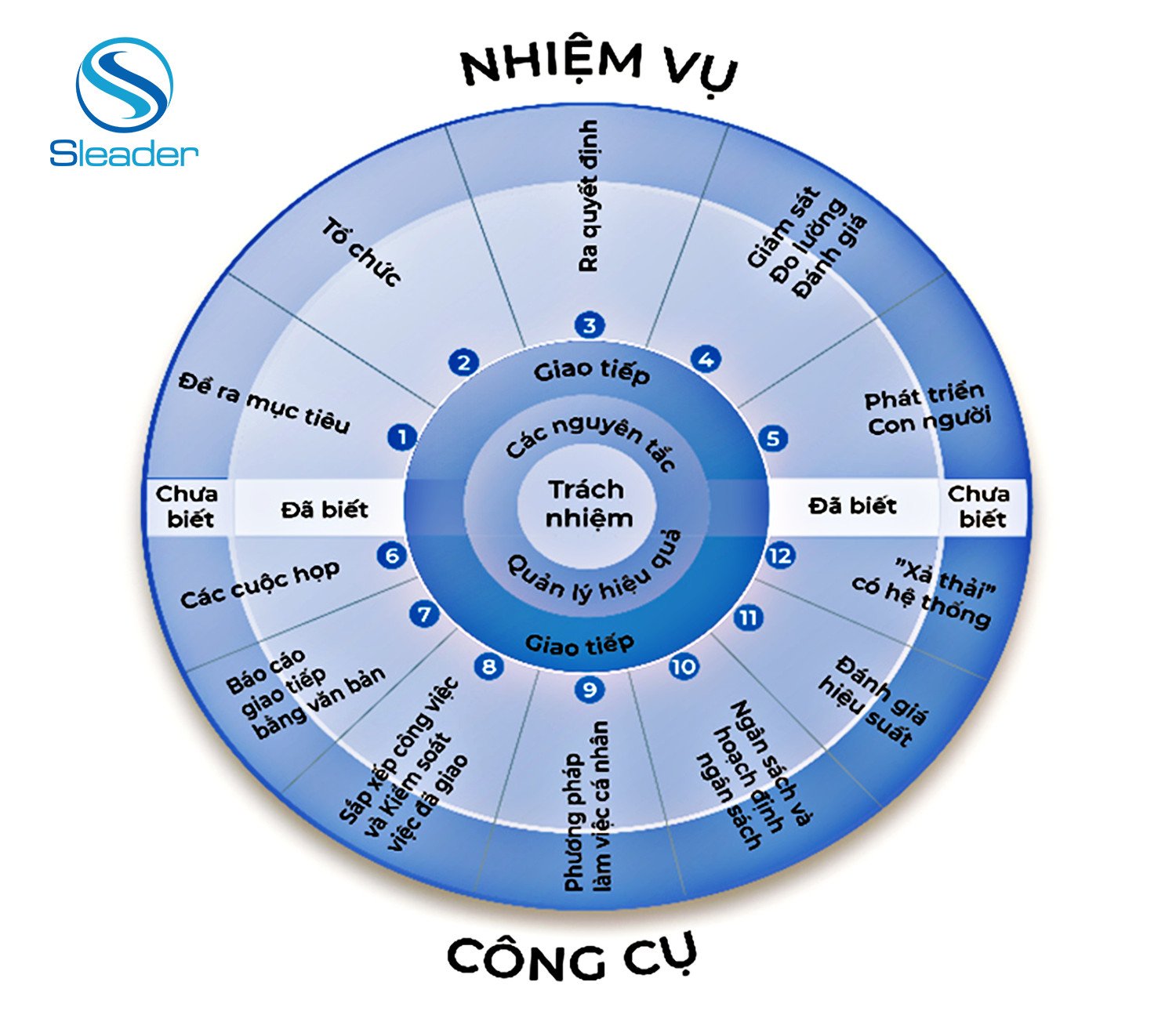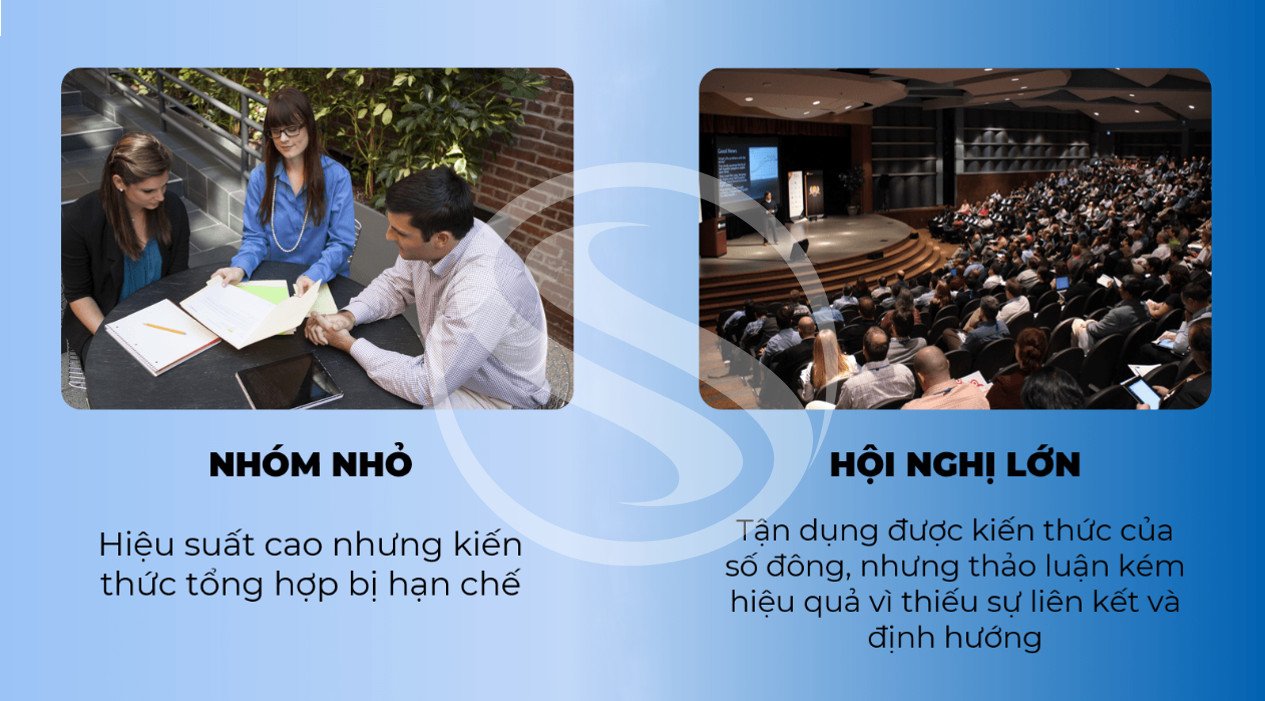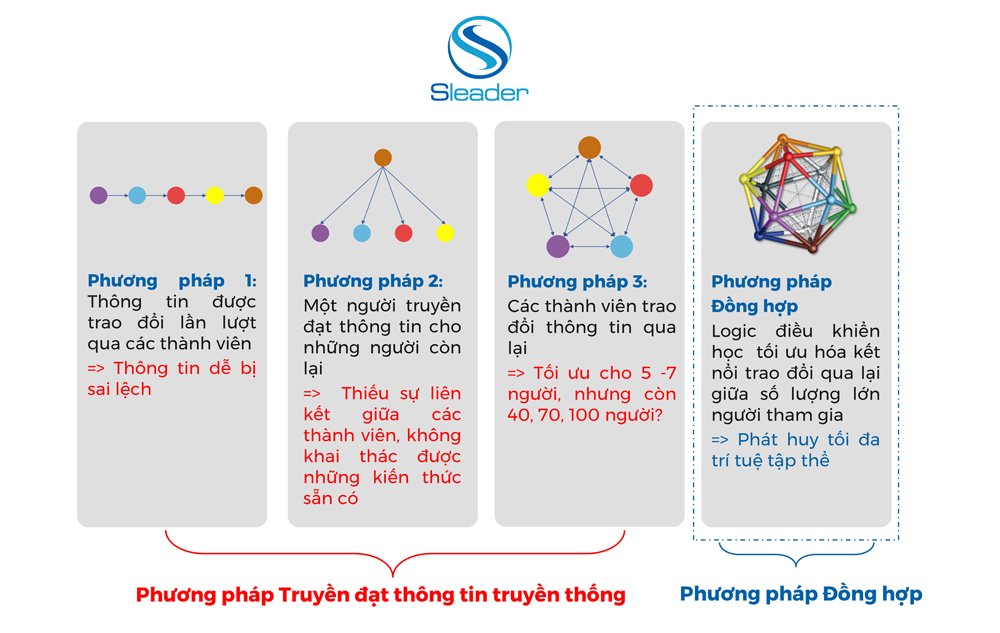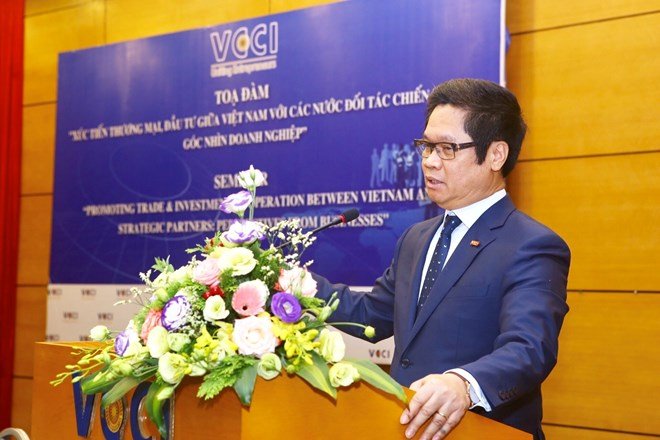How can management communication become \”hyper\” effective?
Communication\’s significance in management
Just as it would be challenging to execute circulation without financial support, management cannot be done without communication. One of the key tools used by managers to carry out core management tasks and principles is communication. Professor Malik has positioned communication in the third circle of the Management Wheel model (see Figure 1).
Figure 1: Standard model of Managerial Effectiveness
However, in practice, management activities are frequently ineffective, and poor communication between managers and staff members is the main causes. Several consequences result from improper communication, including conveying information unclearly and erroneously, misinterpreting easily, taking a long time in receiving messages, and a decrease in interchange and interaction during the information-transmission process. If this issue can be resolved, organizations gain many practical benefits, boost member cohesion, assist administrators in making quicker and more accurate decisions, and minimize errors and expenses resulting from misunderstandings.
Measures to enhance communication efficiency in management
The following are some methods used by organizations today to increase the efficiency of their communication processes:
– Arrange an organization workshop/seminar. This will provide the staff members who are
strategy executor a better understanding of the organization\’s purpose, vision, strategic goals, and core values. Large numbers of people can attend seminars, but it is simple to lose track of the topic because these workshops are frequently lengthy.
– Open up discussions frequently. Working in groups allows team members to share their goals and concerns while also providing updates on the status of the project, improving collaboration. Smaller groups will be more focused and productive, but it won\’t be possible to maximize collective intelligence if there are only a few participants.
– Implement an “open door policy” throughout the workplace. The “open door policy” in this case represents the leadership\’s constant readiness to open the office door and welcome staff members to share their opinions. This encourages two-way information exchange rather than just imposing leadership’s opinion from the top down. Even so, a lot of employees are still hesitant to speak candidly with their bosses, or they often engage in one-on-one meetings with senior management, which disrupts the communication process inside the company and fails to recognize the importance of middle management.
-Utilize technology as fully as possible for information transmission. In addition to using traditional methods like email and Skype for work exchange, utilizing modern technology like the iCloud platform and task management software helps to promote engagement between team members and increase productivity. However, relying on online communication technologies exclusively can harm social interaction and team cohesion.
Syntegration: The ultimate of communication
The cybernetics field is mostly obscure but is responsible for many of the great advancements in communication. The Syntegration method, developed by Professor Stafford Beer and implemented by Professor Malik in over 1,000 cases worldwide, is a more well-known achievement in communication. The name Syntegration® is derived from the combination of the terms Synergy and Integration. It is the synchronization and integration of the intelligence, capacity, and emotions of leaders and employees – the result of optimizing the communication process in management in particular and in the company in general.
>> Read more: Syntegration method – Breakthrough solution for businesses and organizations
The Syntegration method brings together the power of a small, effective team with the knowledge of many people by applying the theory of collective intelligence, cybernetics, communication, association, information distribution to everyone across the entire system. This makes it possible for large groups of attendees to collaborate just as effectively as small ones.
Figure 2: A comparison of conventional meeting techniques
There will be many outcomes depending on the structure of each communication system. Other ways can falsify the information conveyed or avoid utilizing the collective wisdom of the group. However, the Syntegration method\’s information transfer format aids in maximizing the number of exchange links for a sizable participant base. This structure strengthens the bond between participants, enabling the majority to readily share knowledge to address a variety of interconnected issues and, more significantly, to optimize collective intelligence.
Figure 3: Effective comparison of the Syntegration method with conventional communication methods
Thus, with the application of new achievements in communication, specifically here is Syntegration approach, managers can accomplish tasks more successfully by encouraging the initiative and intellect of their subordinates instead of putting a lot of time and effort into meetings and discussions as usual.
The Institute for Strategic Leadership Development Research (Sleader)






